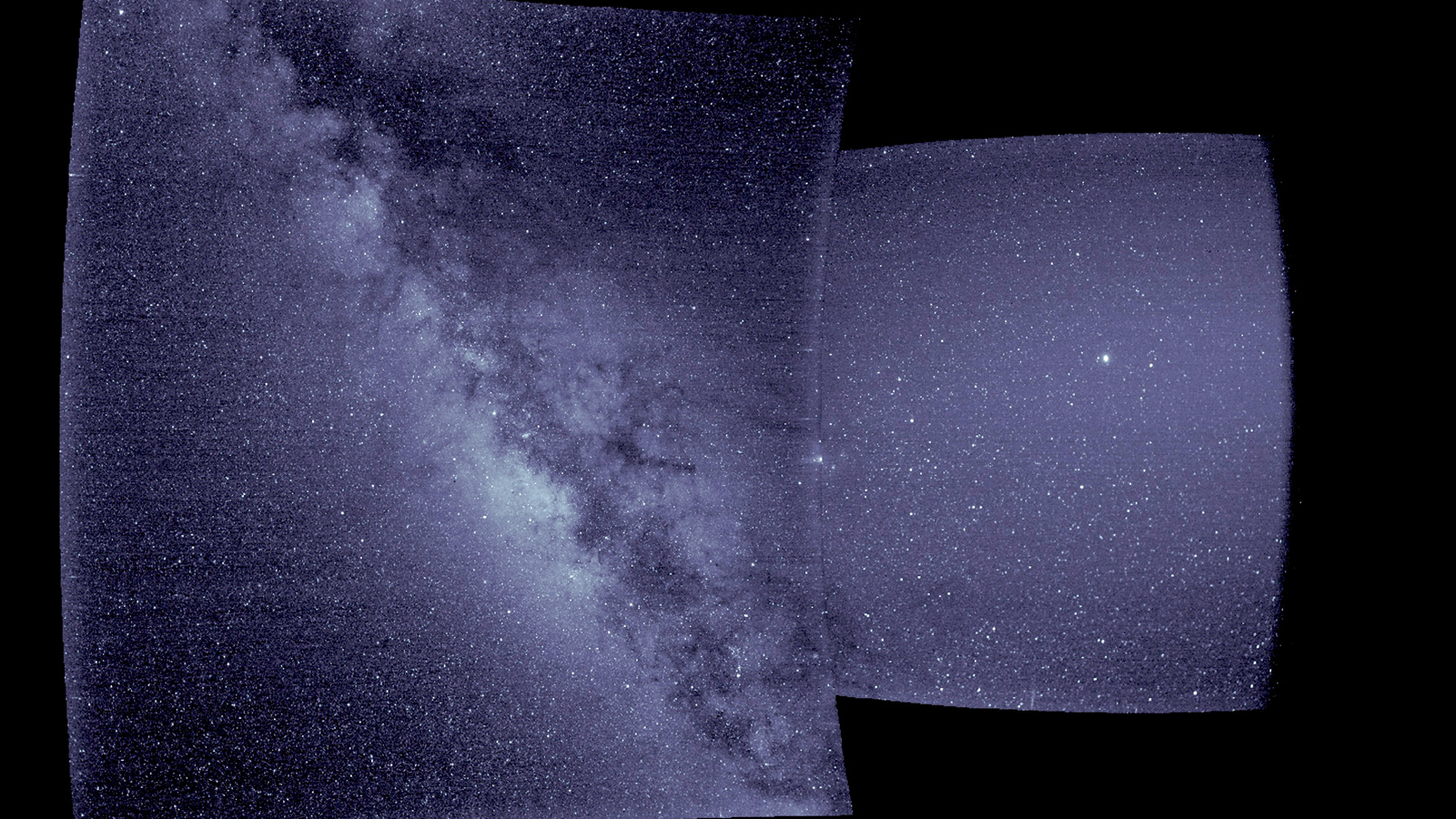Stay Up to Date
Submit your email address to receive the latest industry and Aerospace America news.
The Guidance, Navigation and Control Technical Committee advances techniques, devices and systems for guiding and commanding flight vehicles.
The guidance, navigation and control field had another eventful year, covering all aspects of aerospace engineering, including launch vehicles, spacecraft, aviation and missiles.
On Feb. 6, SpaceX landed two Falcon Heavy boosters in Florida nearly simultaneously about eight minutes after liftoff from Kennedy Space Center. The core rocket splashed down in the ocean after missing a drone ship where it was supposed to land. This type of rocket innovation is only possible by advancements in guidance, navigation and control, or GNC. Stemming back to the 1980s, the U.S. has invested substantial resources into the development of these so-called “fly-back boosters.” This technology manifested from a Department of Defense initiative for a single-stage-to-orbit reusable launch vehicle, with the McDonnell Douglas DC-X, or Delta Clipper, as a prominent example that pushed the limits of GNC technology in the early 1990s. Almost 30 years later, it seems these types of GNC heroics will become commonplace with the earlier concepts and tests woven into the fabric of the aerospace community.
In the early morning of Aug. 12, NASA’s Parker Solar Probe launched from Kennedy Space Center, beginning its journey to the sun. The mission’s objectives are to trace the flow of energy from the sun, understand the heading of the solar corona and explore what accelerates solar wind. On Aug. 21, the GNC team nailed the critical first trajectory correction maneuver. Andy Driesman, Parker Solar Probe project manager who works at Johns Hopkins University Applied Physics Laboratory, said the burn’s execution was “exceptional, measuring at less than 0.2 percent magnitude error — which translates to a 0.3 standard deviation.”
The Parker Solar Probe team executed two more burns in August setting the probe’s trajectory for the mission: For the rest of its journey, the probe will need only minor trajectory-correction maneuvers. The spacecraft performed its first of seven gravity assists with Venus in October, and its first perhelion pass on Nov. 5. It flew as close as 24 million kilometers to the sun, withstanding a temperature of 710 kelvins. The mission controllers received an “A” beacon on Nov. 7, after the pass, indicating a healthy spacecraft. It was not only the closest any spacecraft has gotten to the sun, but also the fastest, at 343,100 kph. The spacecraft will transmit the science data it recorded in its first solar encounter in the middle of November, beginning a revolution in our understanding of the star that makes life on Earth possible.
While the industry works to bring new small satellite launchers to market, on Sept. 12, United Launch Alliance launched the final Delta 2 rocket carrying NASA’s Ice, Cloud and land Elevation Satellite-2. The Delta 2 first launched Feb. 14, 1989, and had launched 155 times since then. Delta 2 pioneered the use of the L3 Technologies Redundant Inertial Flight Control Assembly guidance and control system in 1995. This fault-tolerant system carried over in the design of the Boeing Delta 4 heavy-lift launchers. Internationally, two Earth observation satellites for Britain’s Surrey Satellite Technology Ltd. lifted off Sept. 16 on India’s lightest version of the Polar Satellite Launch Vehicle, or PSLV. The launch highlighted the United Kingdom’s desire to further commercialize production of the PSLV, a rocket often used for small satellite missions.
Contributor: Jayant Ramakrishnan
Photo: The Parker Solar Probe in September took snapshots of the Milky Way to verify that its camera, called WISPR, short for the Wide Field Imager for Parker Solar Probe, was pointed correctly. The bright spot in the right image is Jupiter. Credit: NASA, U.S. Naval Research Laboratory
Stay Up to Date
Submit your email address to receive the latest industry and Aerospace America news.




